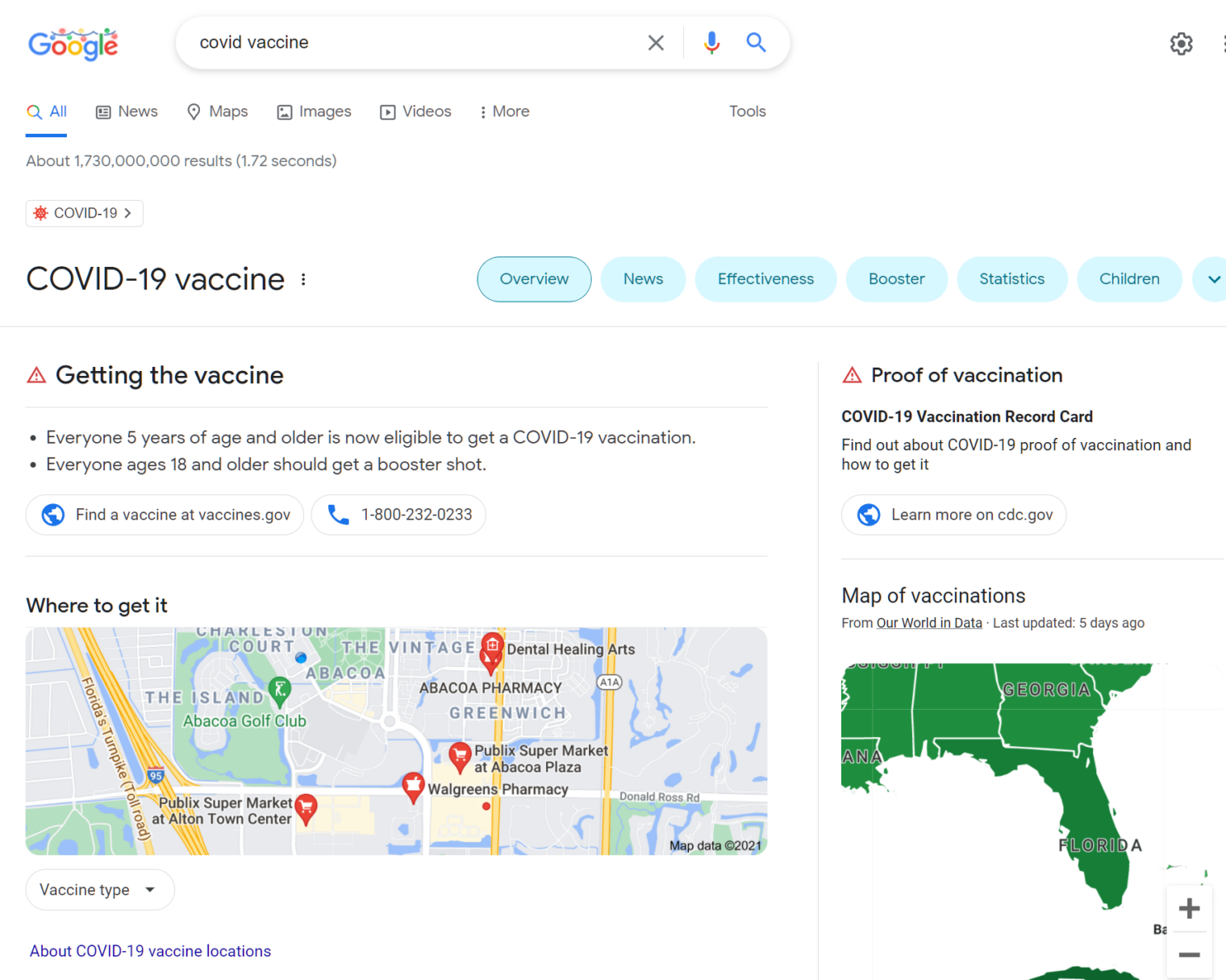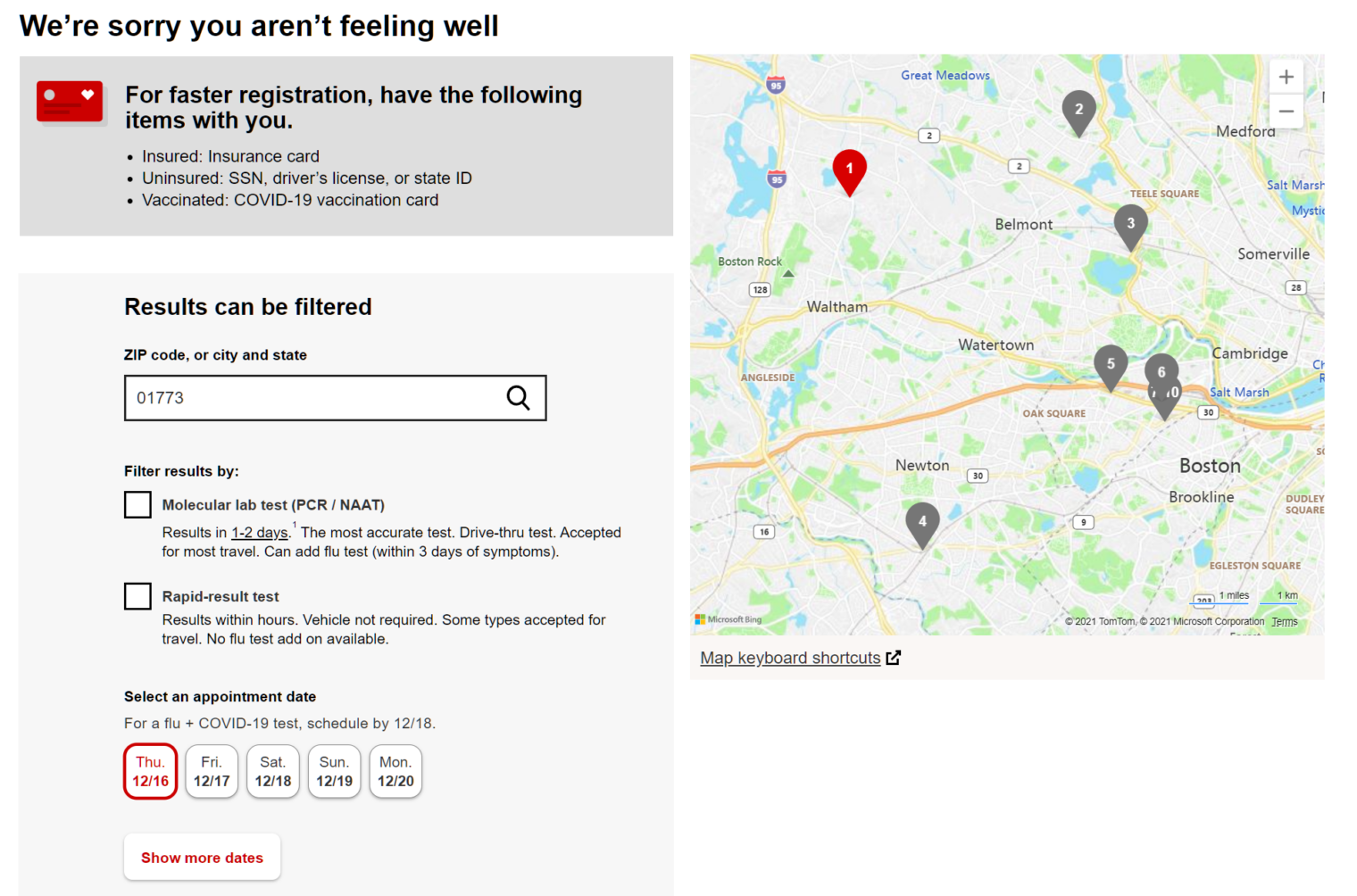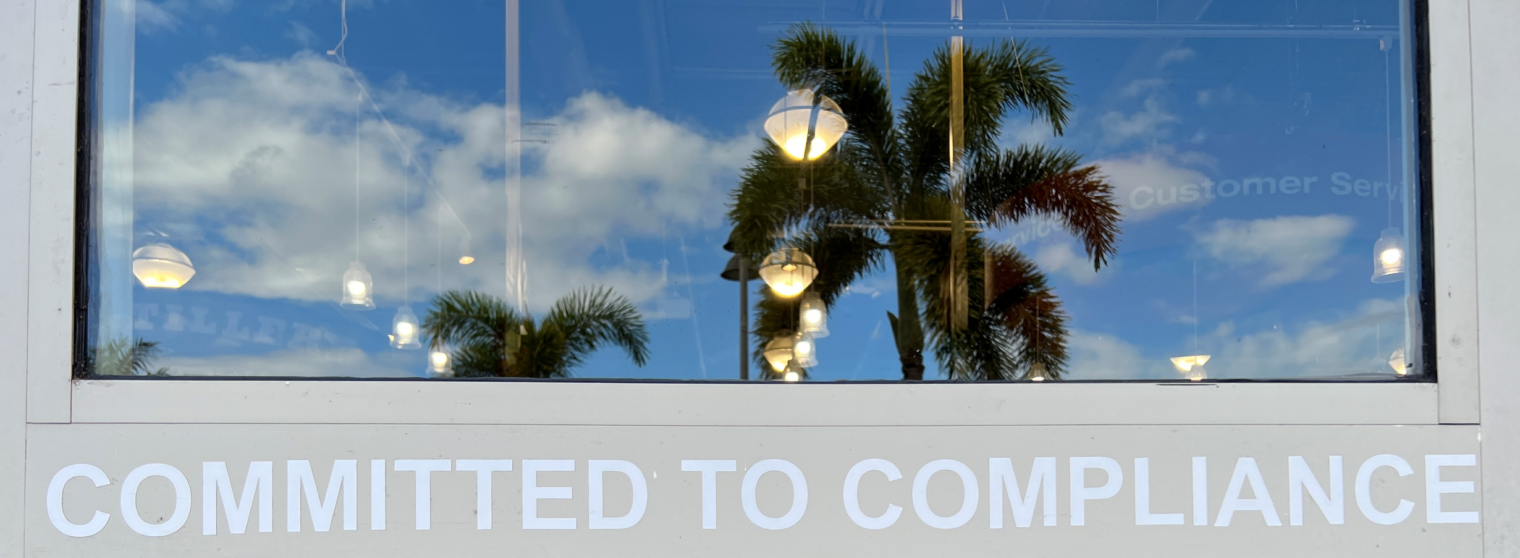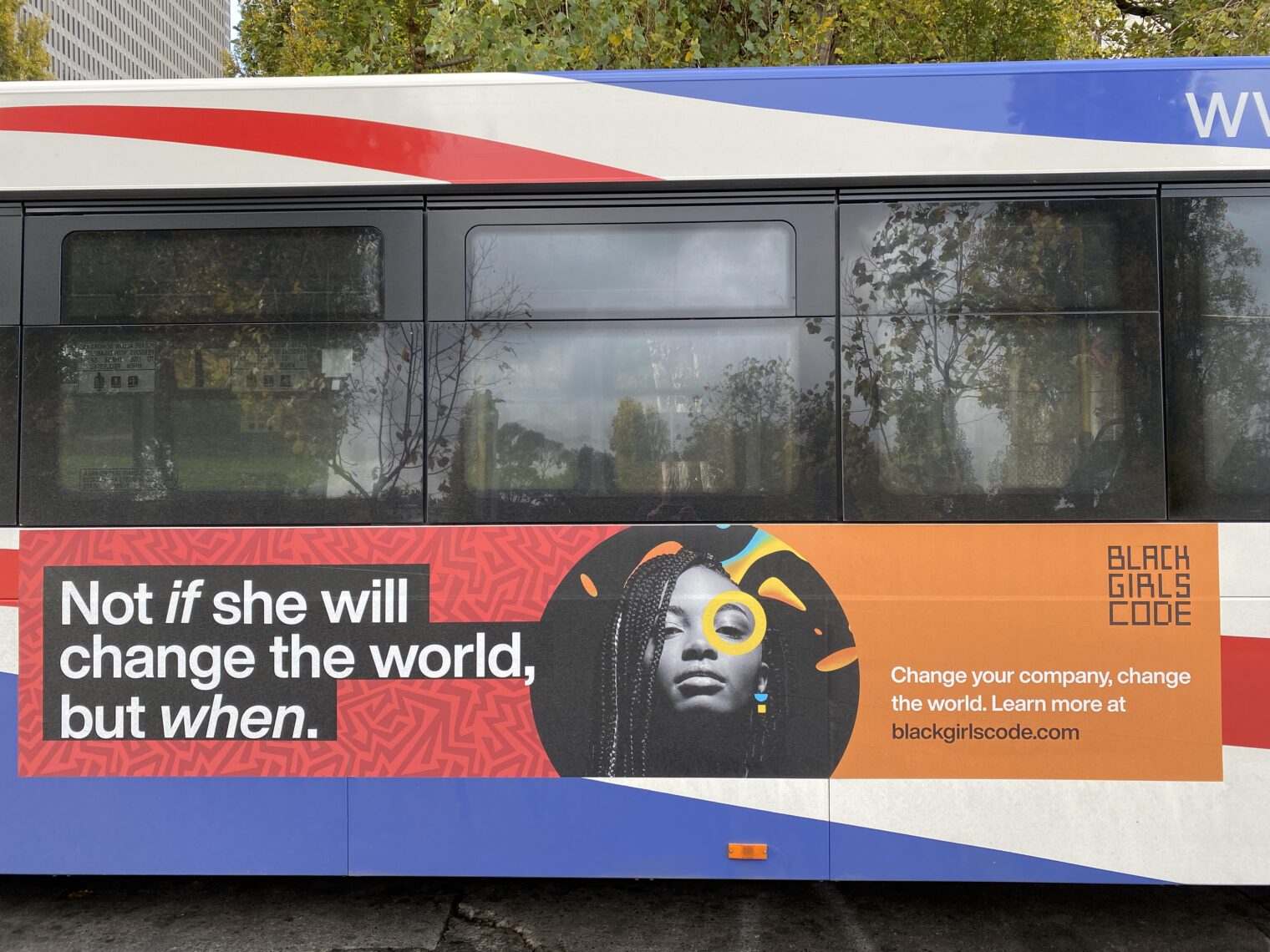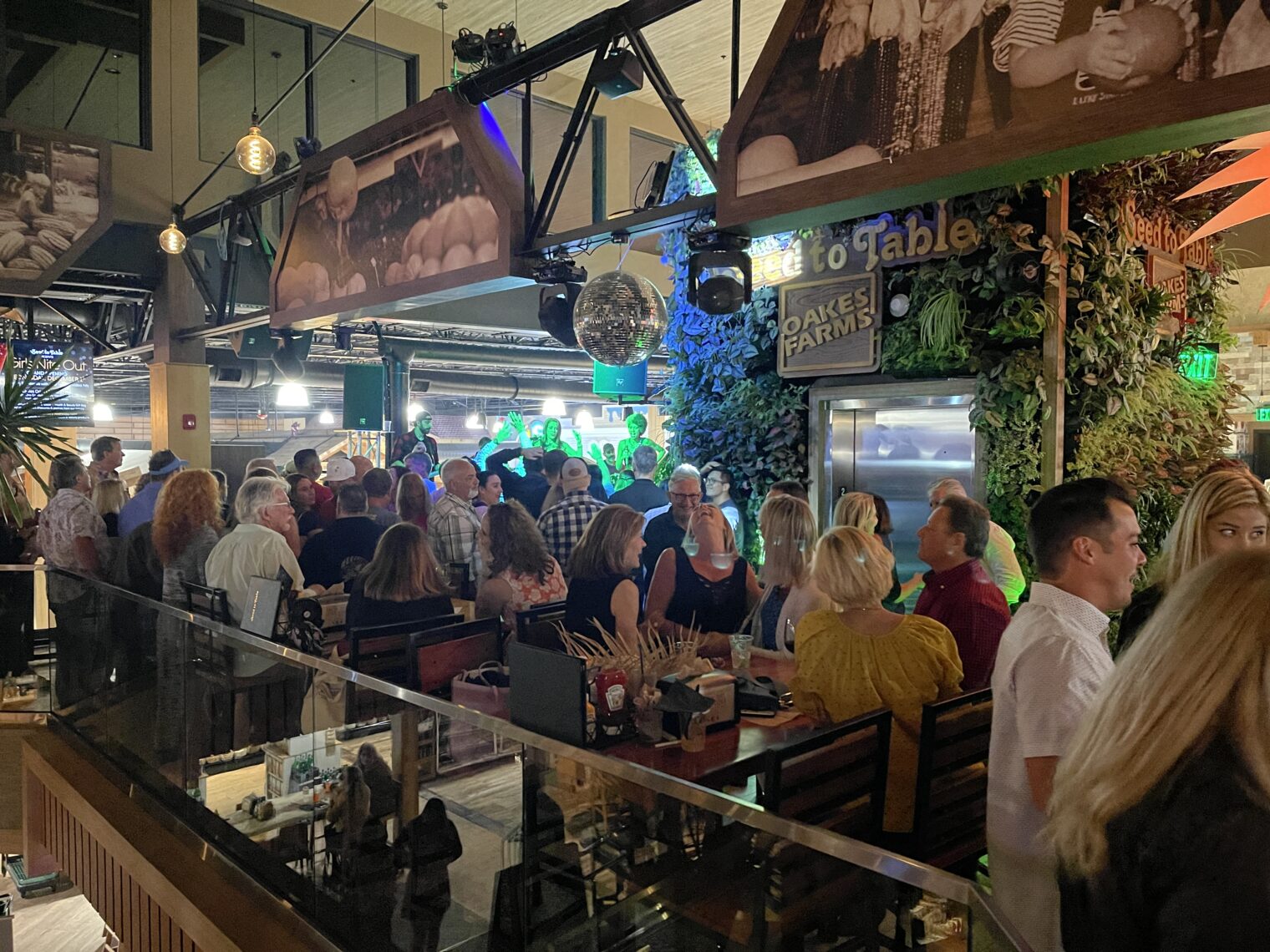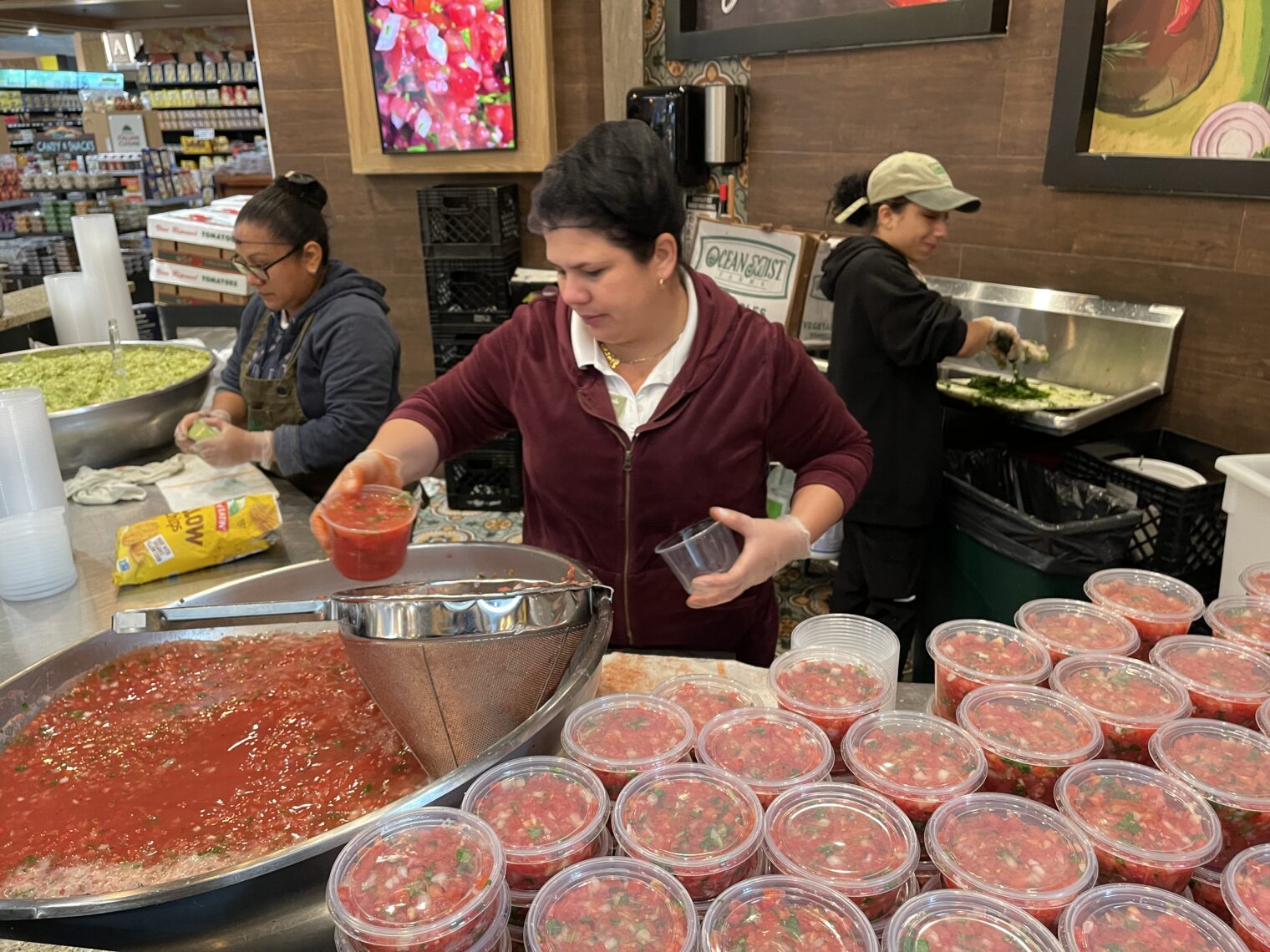Why is it still almost impossible to schedule a COVID-19 test? (at least in Maskachusetts)
A friend woke up this morning with a 102-degree fever. He asked our chat group what the procedure was for getting a COVID-19 test in suburban Boston. Keep in mind that this is one of the epicenters of COVID-19 Karenhood. To minimize deaths tagged to COVID-19, no price is too high to pay in dollars, deaths due to shutdown non-COVID health care, inconvenience, and long-term deaths due to lockdown-related obesity, lack of education, poor mental health, etc. Healthy college and K-12 students are tested weekly, for example. Vaccine papers are checked in numerous situations, e.g., to attend college or a concert (folks say that preventing COVID-19 is their #1 priority and then crowd into a 2,700-person concert hall, relying on proven-ineffective cloth masks for protection). Schools in Boston were closed for more than a year. Certainly a big slice of the $10 trillion that the Feds have spent on coronapanic has been spent in Maskachusetts.
Nobel-winner Barack Obama handed tens of $billions of hard-earned tax dollars and gave them to health care providers who installed computer systems.
If we intersect the above two paragraphs, shouldn’t the result be a computer system that can tell a Massachusetts resident where to get a Covid test today? If not from the government (healthcare.gov was a rough development project!) then from a righteous private company?
We’re now nearly 2 years into 14 days to flatten the curve. The health care industry is fully computerized. The Internet monopolies such as Google and Facebook devote considerable effort to Karen’s propaganda campaign. Searching for “covid vaccine” in The Google:
Searching for “vaccine” in Facebook:
Facebook corrects vaccine misinformation. A physician friend posted “Flu variants yearly warrant new vax; yet #CDC pushes Covid “booster” -retreads”. A pilot friend posted “Mengele is admitting that these vaccines are not working. He knows something is coming, and he tries to protect his ass.” over a video of Saint Fauci. A physicist posts European data: “I had more than a year ago posted a study by the Italian ISS, published in August 2019, on those recurring peaks of excessive mortality in the previous decade. It showed that the magnitude of excessive deaths, among the same statistical population (over 65) and in most cases even with geographical correlations (areas of northern Italy) were comparable with COVID mortality. In my view, whoever is intellectually honest will admit from these data that lockdowns, vaccine mandates, etcetera, were and are not justified by the numbers.” An attorney: “My wife is a nurse in a hospital here in the Boise area. Not only are they letting nurses go for not having the vax, and bringing in travelling nurses who are not vaxxed, but they are paying the travellers more than twice as much as their full-time nurses. It is freaking insanity”.
Underneath all of these Facebook adds the following:
What if you try to use these titans of information technology to find a Covid test? Searching for “covid test” in Facebook yields instructions to wear a mask and an ad for CVS. Search for “covid test” in Google Maps yields nearby facilities that might do tests, but with no information about whether they have availability, require appointments, charge money, etc.
Since my friend isn’t feeling well, I tried to find him a test appointment. The various CVS stores are prominent in search results. When you follow the link from Google Maps it takes three clicks and typing in a ZIP code to get to a questionnaire:
I type fairly fast, but it took me roughly 2 minutes to get to a page of available locations:
The CVS site showed availability for today at various stores, inviting me to click on “Check for available times” but the result of the click was always “no available times”:
In Florida, it should be a lot simpler for Google and Facebook. They can highlight the government-run drive-through free testing centers that never seem to have a line and that don’t require any appointments. Yet this isn’t done. Instead, Google Maps shows urgent care clinics, pharmacies, etc. that may require appointments, payment, etc.
After $10 trillion has been spent, why should a person with a 102-degree fever have to spend more than 2 minutes on the Web to find a reasonably close and convenient COVID testing option?
Update: After a full day of web-searching and driving around, my friend scored a Binax rapid test kit (one-hour round-trip drive). Verdict: POSITIVE. Another success story for Moderna! (second shot six months ago) I think it is safe to assume that, without the vaccine, my friend would now be dead.
Related:
- Why didn’t we ever get convenient neighborhood COVID-19 testing? (June 2021; in Florida there is convenient testing, but the results are not delivered quickly, at least not for PCR)
- COVID-19 testing is required in Maskachusetts, but unavailable
- Vito Corleone’s funeral (I asked, in the chat, “What size grave would you like us to dig for you?” and the feverish guy responded “I want a nice hardwood coffin with brass handles and a lot of flowers.”)
- “Demand for COVID-19 testing, booster shots high as Christmas approaches” (WCVB (Boston), 12/16)): Near the Square One Mall in Saugus, a long line of cars snaked through a parking lot Thursday evening. The drivers and passengers were waiting for their chance to get tested in a scene reminiscent of the long lines seen last year before vaccines were widely available.
- Maybe things are better in Maryland, close to the Vatican (St. Fauci’s office)? “COVID surge calls for more testing, but options are now more difficult to come by in Maryland” (Baltimore Sun, 12/14): As Maryland experiences the first signs of another winter surge, COVID-19 tests are now more difficult to come by. … The pharmacy chains also offer in-person test appointments, but scheduling one often has to be done days in advance to reserve a spot….
- How about in New York, where Emmy Award-winner Andrew Cuomo’s wise decisions continue to keep people safe? “Testing Demand Has Doubled in NYC Over Omicron Fears” (New York, 12/15): With the Omicron variant expected to bring a surge of U.S. cases, socially distant lines snaked outside many coronavirus testing sites throughout the city this week. Anecdotes spilled in across the city of waiting hours to get swabbed.
